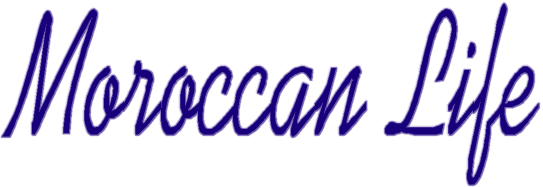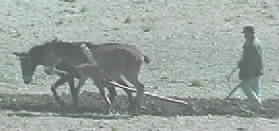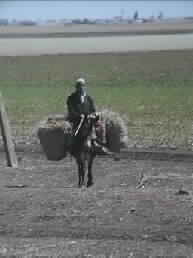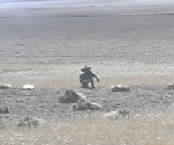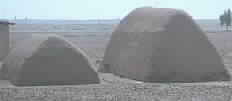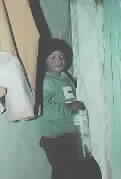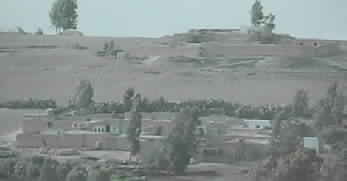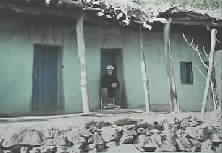 |
 |
 |
 |
 |
 |
 |
|
|
|
 |
 |
 |
| Life in Morocco is just as varied as its landscapes. With Europe less than 10 miles away (less for the 2 Spanish outposts still in existence; Melilla & Cueta) across the Staits of Gibralter, Morocco's former King Hassan II said, "Morocco was like a great tree. With its roots reaching deep into Africa, while its limbs extend into Europe." The last European power may have left in the late 1950's, but many of the larger cities still have a large European population. And with many of the migrant labor in Europe coming from Morocco, it is no wonder that life is influenced by returning workers. Sometimes it may feel like you are in any European city. However, the divide is still very deep. For example, while Taza had running water and electricity, the villages inside the Tazekka National Park did not...they are separated by no more than 10 miles. That is how it is for much of Morocco. While some parts, and people, are moving into the next century, with internet cafes, and mobile phones, millions are still living their lives as their parents and those before them have. |
 |
|
 |
 |
 |
|
|
|
 |
 |
 |
| Much of the housing in the countryside is built out of much, stone, straw, and wood. The above left picture shows a small community of dwellings outside of Marrakech. My friend, Unis, is in the above right photo enjoying some Kool-Aid I made for him. |
|
|
|
|
| The water supply for many villages comes from wells or springs. For those close to mountains springs are plentiful. However many people in more arid areas rely on wells. Many times wells will dry up and a village will have to dig another well even farther from their homes. |
 |
|
